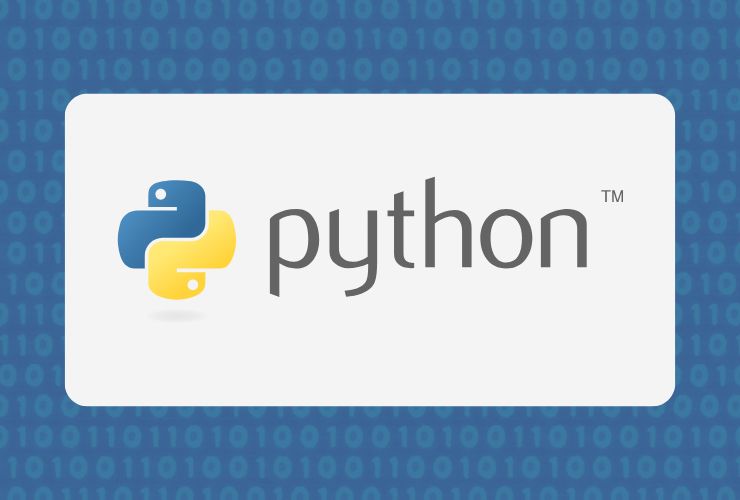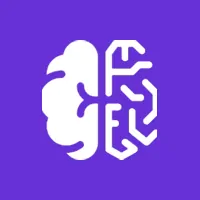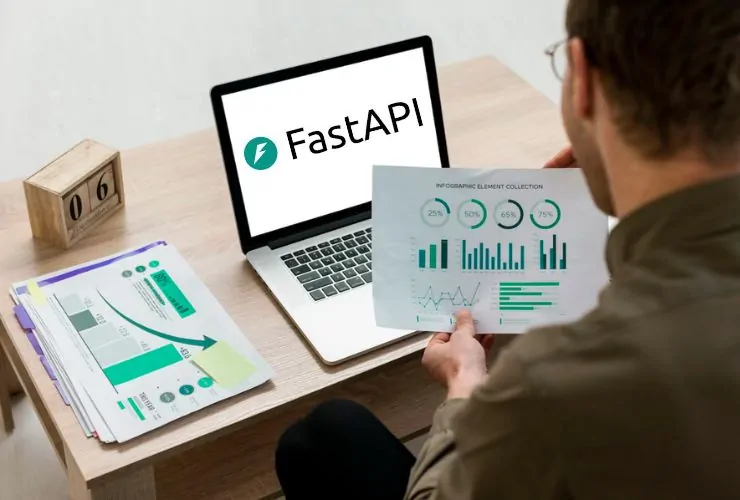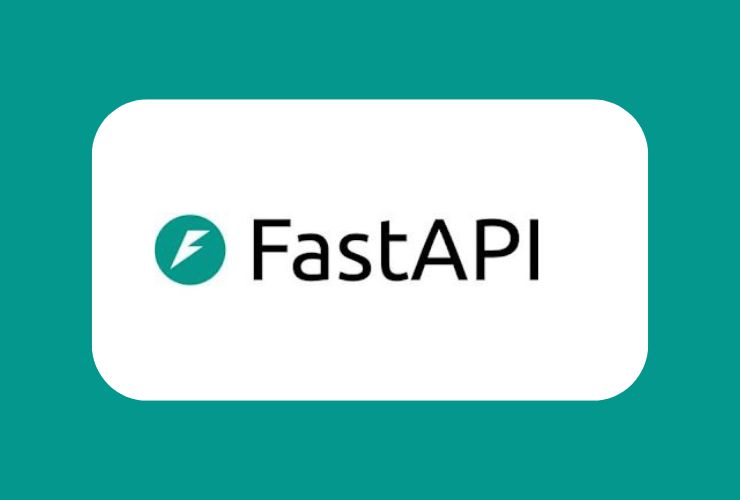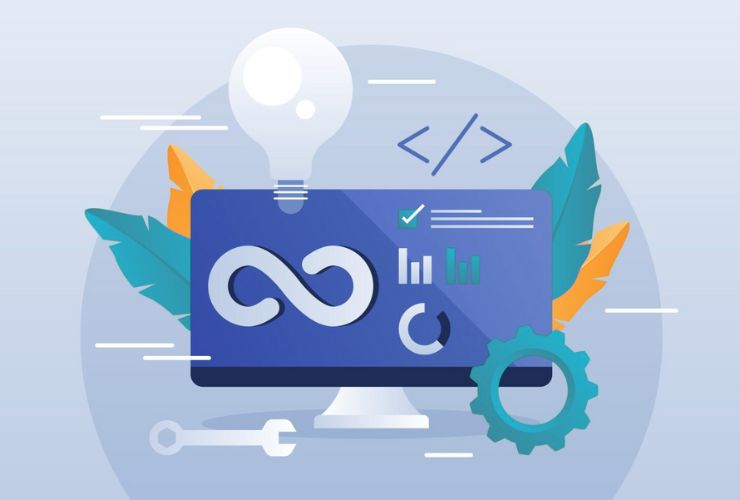Python’s vast library ecosystem has made it the leading language for data science, machine learning, and application development. Whether you’re analyzing data, building predictive models, automating tasks, or visualizing results, Python has you covered. Its libraries streamline development and help boost productivity across a wide range of use cases.
Further, we will identify the key Python libraries that provide the power of everything from prototype applications to complex enterprise solutions.
1. NumPy – the Building Block of Numerical Computing
NumPy (Numerical Python) is a critical library for scientific computing with Python. It provides N-D array objects and functions to perform operations on these arrays. NumPy is a driver for many libraries including SciPy and Scikit-learn, making it the first library to install for your data driven project. NumPy also provides vectorization features that lead to fast execution speeds, making it well suited for performance-critical applications.
2. Pandas – Data Wrangling & Analysis
Pandas helps us work with structured data. It has two primary structures, Series and DataFrame, that make it quick and easy to perform analysis and manipulation on our data. Pandas takes care of everything from reading CSV files, reshaping data, and performing complex joins and queries that move you beyond simply manipulating Ranger data into data-based solutions. Ultimately, Pandas, along with NumPy, is a significant portion of the data manipulation support (especially structured data and tabular data) in machine learning pipelines and analytics platforms.
3. Matplotlib – A Must for Data Visualization
Matplotlib gives users the power to create publication-quality visualizations. It can be utilized by developers and data scientists alike to build their own bar charts, scatter plots, histograms, line graphs, and visual aids for deeper exploration of your data. It is most commonly used to build visual analytics dashboards and share grown results with stakeholders.
4. Seaborn – Feasible Statistical Visualizations
Seaborn, built on Matplotlib, increases your ability to create rich, statistical visualizations with few lines of code. It has great support for beautiful default themes and uses Pandas data structures seamlessly. Seaborn can help you create complex visualizations like correlation heatmaps, time series plots, or multivariate visualizations that make discerning data distributions and monitoring trends easier.
5. Scikit-learn – Machine Learning Without Headaches
Scikit-learn is one of the easiest machine learning libraries to use. Many libraries can give you access to a wide variety of algorithms for supervised learning (like classification or regression), clustering, dimensionality reduction, metrics, and model selection. Scikit-learn offers a great API, is well-documented, and is easy to use for anyone looking to quickly and effectively invoke predictive analytics using standardized ML models.
6. TensorFlow – Deep Learning at Scale
This framework that is both scalable and created by Google for machine learning and deep learning applications. TensorFlow is so robust that it comes with all-inclusive tools, access to GPU acceleration, and edge device capabilities for building and training neural networks and production-level ML models. This is ultimately meant for more sophisticated solutions in AI.
7. Keras – Simplifying Neural Networks
Keras is an easy to use, high-level API that uses TensorFlow as its back-end. It’s allows developers who want to build and train neural networks to do so in fewer lines of code and enables rapid prototyping of neural network architectures and training, with advanced capabilities to build custom models as needed, making Keras useful for both novice programmers and expert programmers.
8. PyTorch – Dynamic and Flexible Deep Learning
PyTorch has gained traction in academia and research for flexible deep learning applications. With a dynamic computational graph, debugging is intuitive and simple. Similar to TensorFlow, PyTorch provides ideal support for GPU acceleration. PyTorch is widely used for NLP, computer vision, and generative AI projects. Its flexibility makes it possible to mix and match a production level code framework (with TorchScript) and do more experimental work in real-time.
9. SciPy – Technical and Scientific Computing
SciPy is a scientific computing library designed to extend NumPy’s functionality. It’s provides a library of functions for optimization, integration, interpolation, eigenvalue problems, ODE solvers, signal processing, special functions, and linear algebra. SciPy is essential for engineering applications, scientific simulations, and data modeling tasks that involve higher level computations and require numerical functionality beyond what NumPy provides.
10. Plotly – Interactive and web-enabled visualization
Plotly is a library that allows you to create interactive and web-enabled visualizations as a programmer in Python. Since Plotly supports hover tools, zooming, and updating in real-time, it is more engaging than a more static algorithm, like the libraries used for visualization. Plotly has a very good fit with Dash, which means you can build rich analytical web applications without learning JavaScript.
Why these libraries matter
The power of Python lies in the ways these libraries interact with one another. A typical data science workflow might use some of the following libraries during each phase of the process:
1. use Pandas and NumPy to clean and prepare the data
2. model using Scikit-learn or TensorFlow
3. visualize outputs from Pandas or Plotly
4. share results with dashboards using Dash or interactive reports
These libraries mitigate development time and reduce time-to-deployment across multiple workflows and industries – health care, finance, retail data management, various types of manufacturing, among others.
The Python Development Expertise of Empirical Edge
Empirical Edge has a demonstrated ability to create Python development strategies to meet your business objectives. Our team uses these libraries to develop scalable, efficient, and smart applications customized to your needs.
Whether you’re developing a machine learning model, building a custom data pipeline, or creating a visualization dashboard — we can help. At Empirical Edge, we deliver end-to-end Python solutions quickly and efficiently. Our team brings deep experience across the entire Python ecosystem. We apply this expertise to solve real-world problems for global businesses and organizations of all sizes.
We don’t just develop – we’re working with you to develop intelligent systems that make real changes.
Are you ready to develop smarter, faster and more powerful solutions using Python?
We invite you to contact Empirical Edge today to discuss your project.

